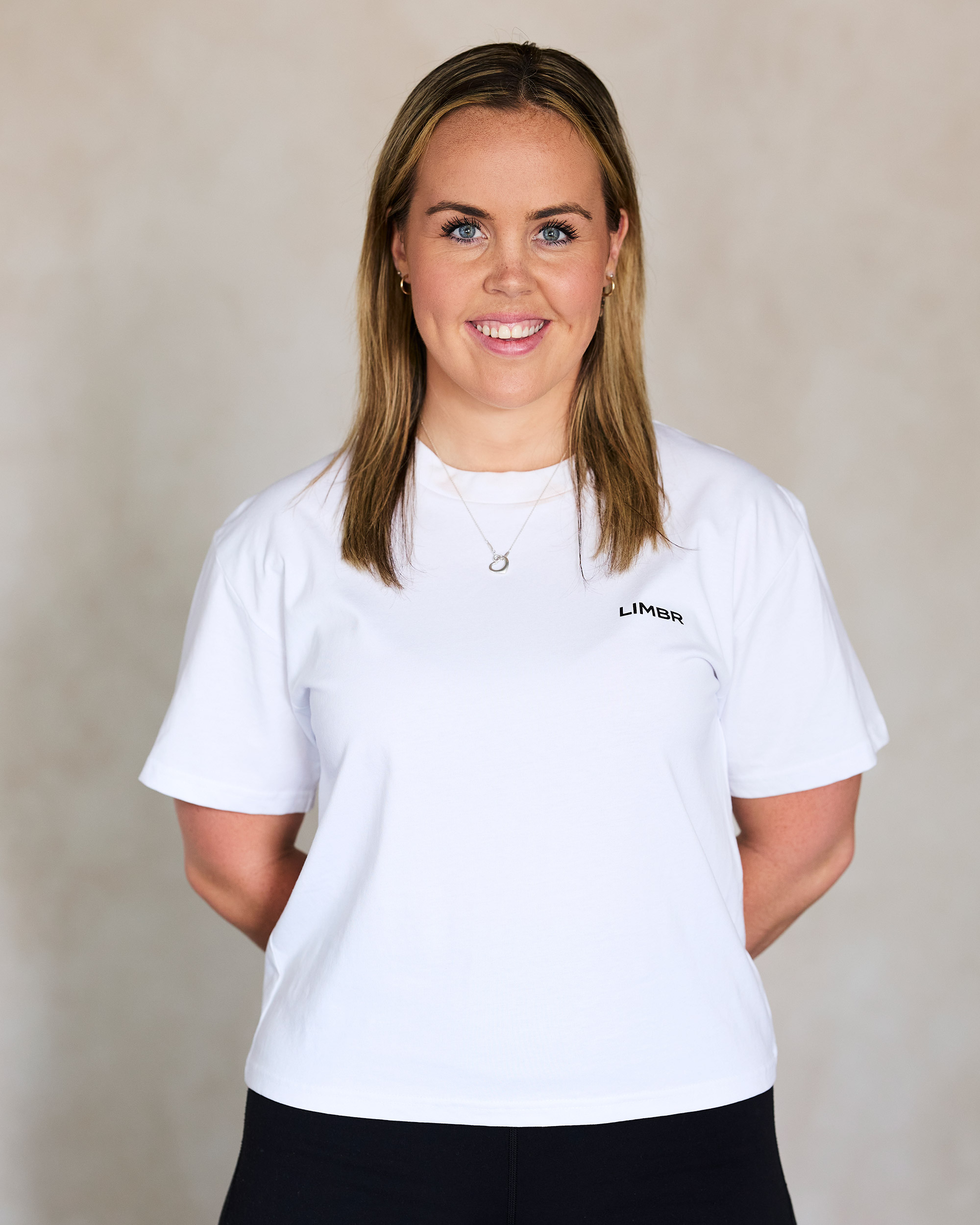FAQ: Achilles tendinopathy
Sarah Meade 18/10/23Injury – Achilles tendinopathy (Achilles tendinitis, Achilles tendinosis)
Where will I feel pain? The Achilles tendon connects your calf to your heel bone. Achilles tendinopathy pain is usually felt closer towards the back of the heel. Initially, when the pain occurs, stiffness through the ankle and localised swelling can also be evident.
What movements will I struggle to perform if I have an Achilles tendinopathy?
- Walking and running
- Jumping and hopping
- Stair climbing
- High-impact sports like netball and basketball
- Sprinting
Will I feel pain in any other regions of my body? The pain is usually very localised to the Achilles tendon. Due to the connection to the calf and heel, pain may radiate into the calf or lower into the heel bone. Pain can refer into your foot depending on the severity. If your gait is heavily impacted, the body may compensate causing irritation to your knee, hips or lower back.
How does an Achilles tendinoapthy develop? Achilles tendinopathy develops by repetitive stress and overuse of the tendon which the tendon is not ready for. This causes the Achilles to become inflamed. This may occur by:
- Sudden increase in training loads: ie. Longer or more frequent runs and walks than usual
- Poor rest between training sessions
- Increased body weight
- Biomechanics: difference in leg lengths, foot mechanics, strength discrepancies in leg or hip region
- Tight calf muscles as it places extra stress on the Achilles
What things should I try initially once I’ve inflamed my Achilles tendon? We highly encourage having your Achilles assessed to determine where in the Achilles tendon is irritated and inflamed. This will dictate your management strategies. As a general rule, you will need to de-load some of your training while implementing very specific strengthening exercises as well as self-release techniques. It should be said to avoid stretching the calf, the Achilles tendon doesn’t respond favourably to stretching. This is due to a tendon not having the same fibre types as a muscle so stretching a tendon can irritate it further!
The use of heel lifts to take pressure off the achilles or orthotics through a podiatrist may be useful also.
What things should I try to avoid in the initial stages of injury?
- Avoid the use of improper footwear: avoid high heels, heavy shoes and barefoot walking
- Avoid long periods of standing or walking as it places stress through the foot and achilles
- Avoid heat therapy
- Avoid alcohol and smoking as it can increase inflammation and delay healing
What type of exercises or movements do I need to learn/control/be stronger at to rehab the Achilles tendon? The aim would be to strengthen, and improve function and range of motion of the calf and Achilles. An important strengthening exercise commonly used to treat tendon irritation is isometric exercises. These are exercises where you hold the tissue in one position under tension. This requires specific guidance for the loading you and your tendon can tolerate. Other exercises that can help include;
- Ankle range of motion exercises
- Calf release (via foam roller or trigger ball) and calf/achilles strengthening exercises
- Strengthening toes and mid foot to support the Achilles
- Foam rolling through the lower limb to improve blood flow and reduce tension through the calf, peroneal and tibialis muscles.
What other considerations contribute to an Achilles tendinopathy? Some medical conditions that reduce blood flow can predispose an Achilles injury occurring such as diabetes. Poor training methods: increasing frequency and/or intensity too early, not cooling down or warming up adequately. Change in training surface – eg. Running on the beach when the body is used to running on a footpath. Tight calf muscles and poor range of motion through the foot – placing more stress on the Achilles
What treatments can help relieve some pain or fast track my Achilles tendon rehabilitation? Seeking an osteopath for manual therapy will help to fast-track rehabilitation as it can help to mobilise the area, increase blood flow and reduce tension in the area. I have found that incorporating calf muscle dry needling in my treatments for Achilles tendinopathy patients works brilliantly.
Helping the body enhance its natural healing process by getting adequate sleep, nutrition and hydration is also key.
What are the expected timeframes of rehabilitation for an Achilles tendinopathy? Healing timeframes also vary on this condition depending on the severity of the injury and the individual’s response to treatment, compliance to rehabilitation and management advice and their specific activities of daily living.
A health professional will ensure the most effective and efficient management plan is in place for the individual’s specific lifestyle and the condition of the tissue.
